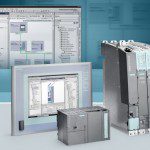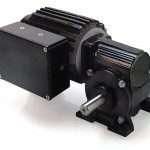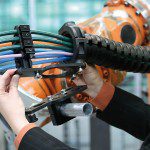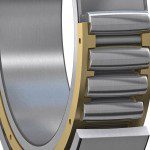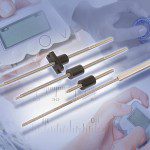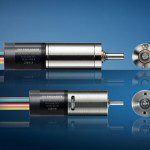Updated June 2019 || Human machine interface (HMI) software is programming that gives operators a way to manage machine command panels. Interaction is through a graphical user interface (GUI) that facilitates information exchange and communication between two types of HMI — supervisory and machine level. Generally, programmers write HMI software for either machine-level HMI or supervisory-level […]
FAQs + basics
What are AC motors? Technical Summary for Motion Engineers
Motors can be classified as either ac (alternating current) or dc (direct current). An ac motor, like any electric motor, converts electrical energy to mechanical energy. AC motors take as their input an ac current, but differ from dc motors in that there is no commutation involved, and can be single or multi-phase. Because ac […]
What are brushless dc motors? Technical summary for engineers
Updated June 2020. || Brushless dc (BLDC) motors are DC motors that use magnets instead of brushes and a commutator for commutation. The benefit to that is they don’t suffer from brush wear … but the drawback is that they need electronic current-phase commutation. In short, brushless DC motors work like shunt-wound motors, but field flux comes from […]
What is flexible cabling and power cabling for industrial use? Technical summary
Updated December 2019. || Engineers can use a multitude of cables (including data, coaxial and instrumentation cables) in industrial settings for control networking, low and medium-voltage power transmission and distribution, and more. Power cables for industrial use Most cables that distribute power to motors are low-voltage designs rated for 2,000 V and below. That said, […]
What are industrial bearings? Technical summary for design engineers
Updated May 2015 by Lisa Eitel. || Industrial bearings are simple machine elements but are crucial for motion applications. The purpose of a bearing is to reduce frictional forces between two moving parts by giving a surface something to roll on, rather than slide over. A bearing consists of smooth rollers or metal balls and […]
What are Linear Bearings?
Linear bearings generally use a pad, bushing, or roller system to carry a load on a rail that need not be a straight line. The rail can be most any length, although that dimension is limited by the actuator. The durability of the bearing is determined by the load and required speed. Furthermore, rails can […]
Lead Screw Basics
A lead screw, also known as a power screw, is a threaded rod or bar that translates rotational motion into linear motion. When it comes to translating the rotary motion of a motor to linear motion, there are many different ways of accomplishing this task. Often times in the world of motion control, the battle […]
What are cable carriers? Summary for design engineers
Motion control systems can vary from simple, straightforward single-axis direct-drive systems with little wiring to large and complex multi-axis robotic systems with a hornet’s nest of cables. This is usually where cabling, which was an afterthought, now takes center stage. Especially where there are lots of cables and wiring, cable management becomes an issue. A […]
What are ballscrews? Summary for design engineers
Updated May 2015. || Ballscrews are used to change the direction of motion—from either rotational motion to linear motion or linear to rotational. The advantage of ballscrews is that they accomplish this function with minimal friction. The basic components of a ballscrew are a nut, a screw with helical grooves, and balls (often made from […]
What are dc motors and how do definitions vary? Technical summary for engineers
Updated May 2019. || Dc motors are motion components that take electrical power in the form of direct current (or some manipulated form of direct current) and convert it into mechanical rotation. The motors do this through the use of magnetic fields that arise from the electric currents to spur rotation of a rotor fixed […]

